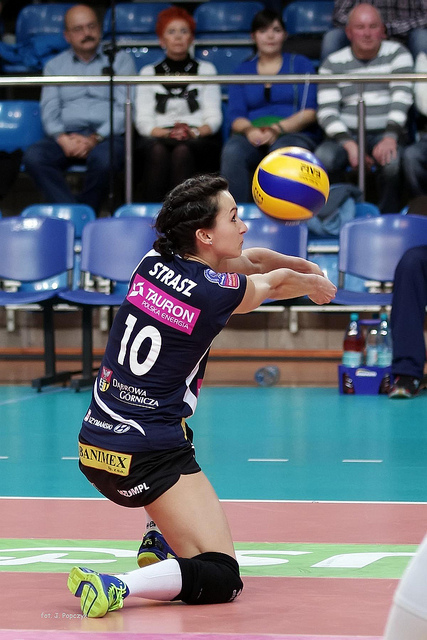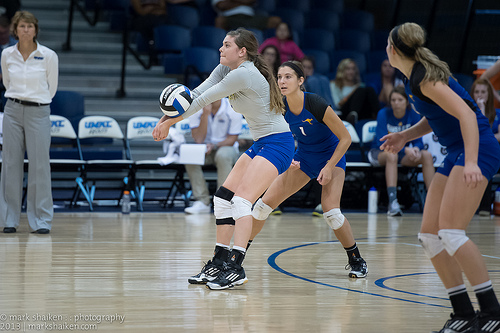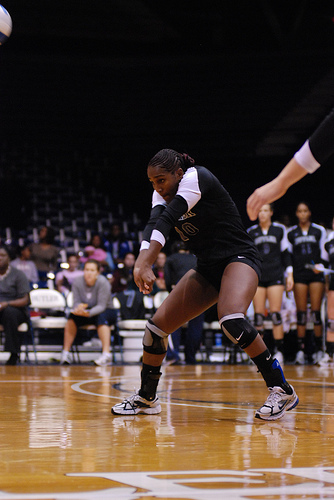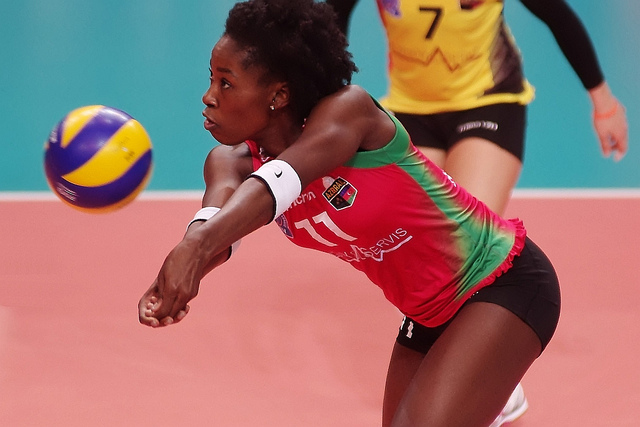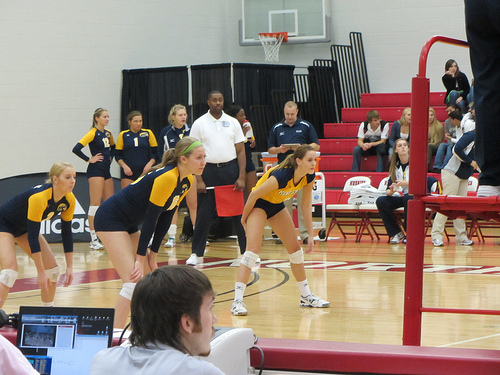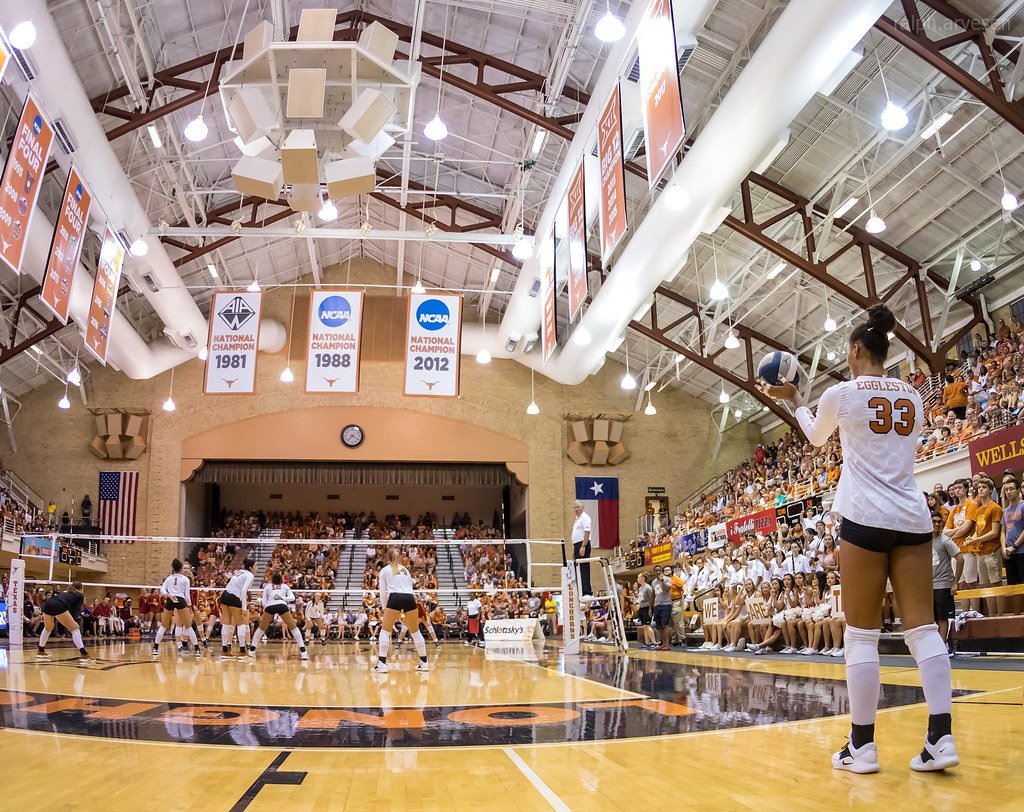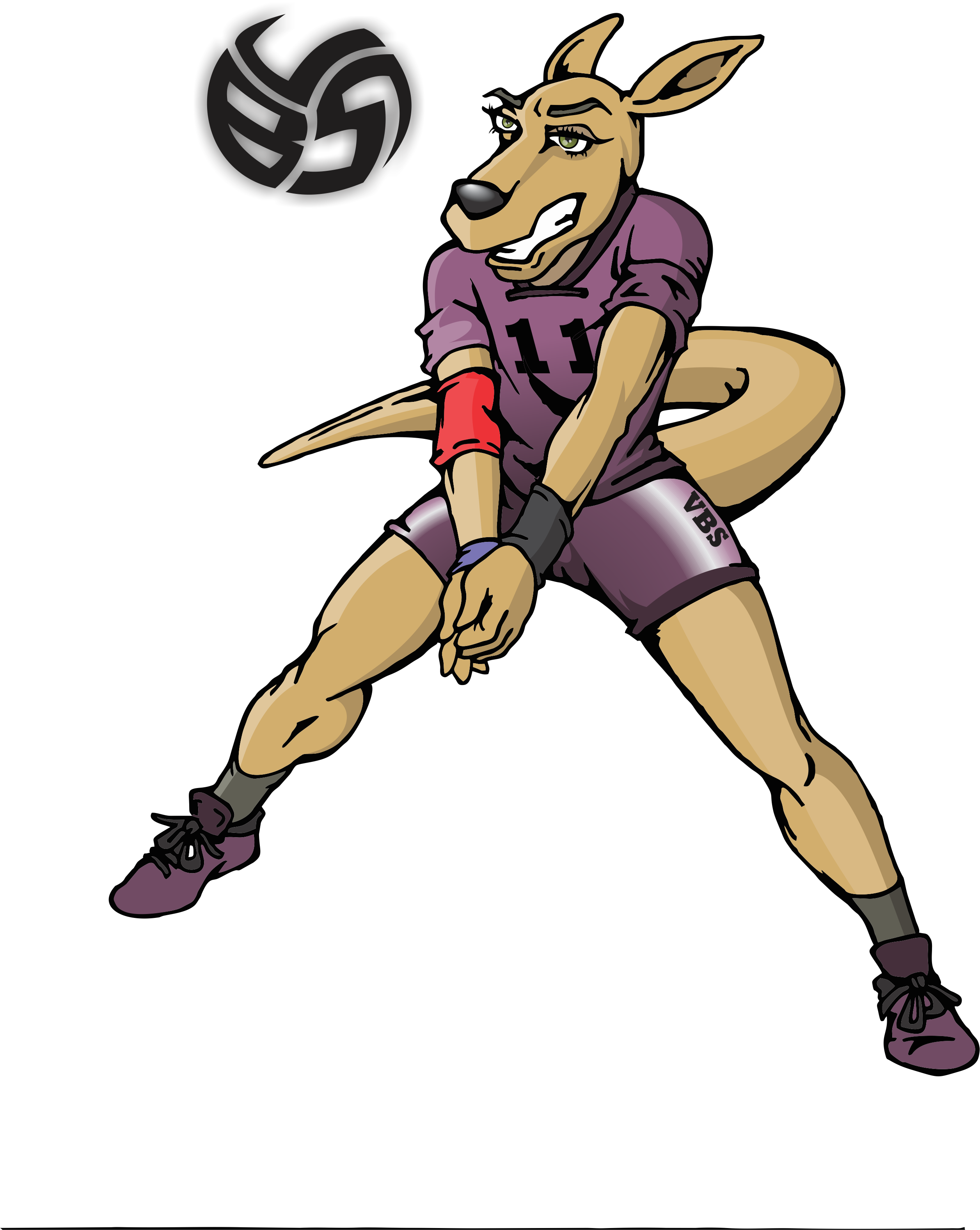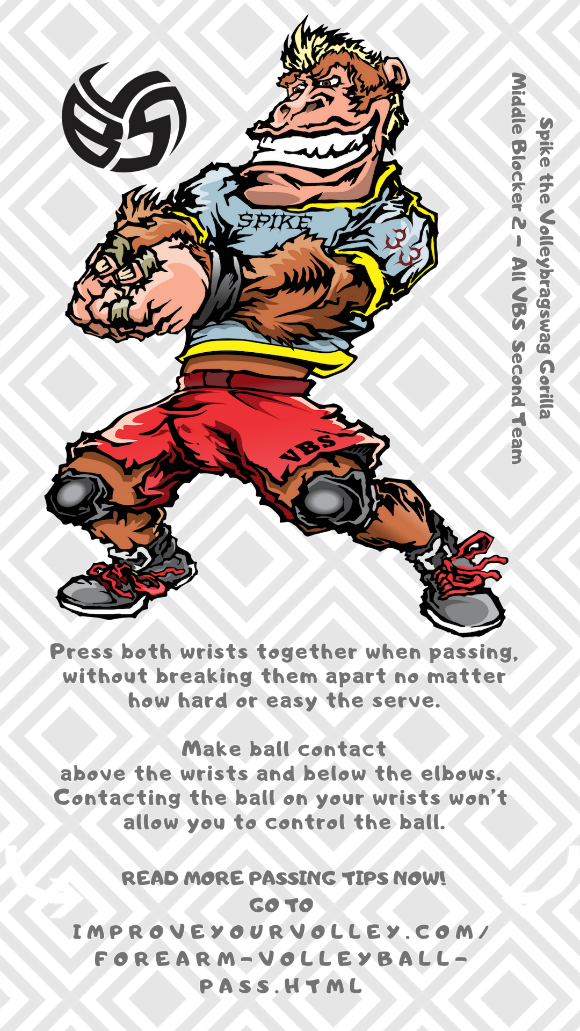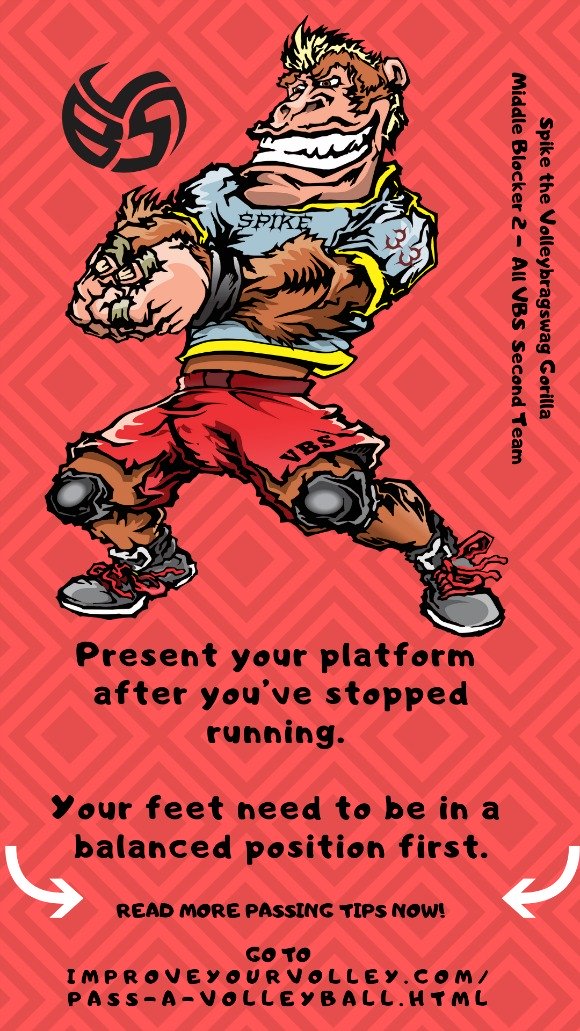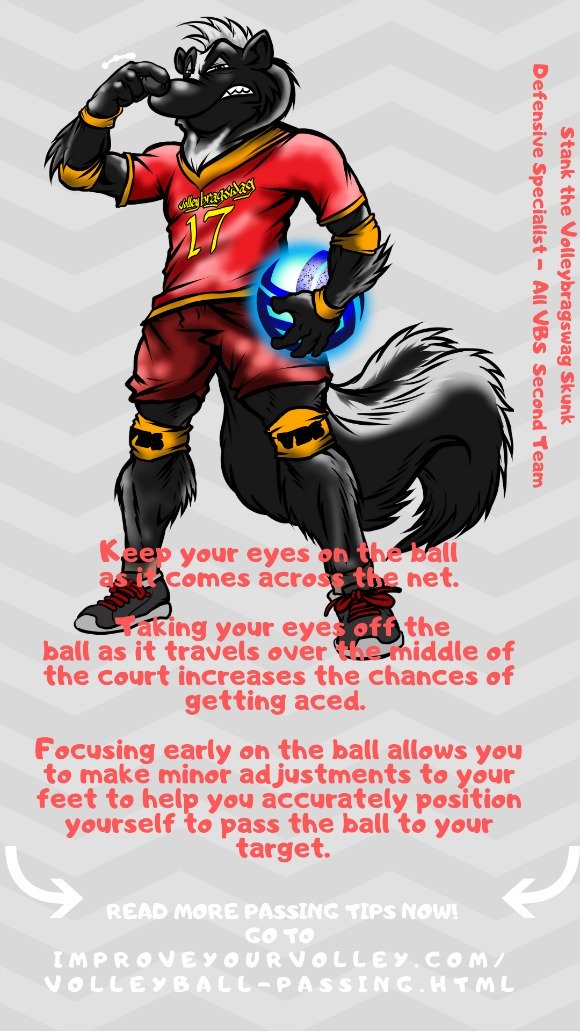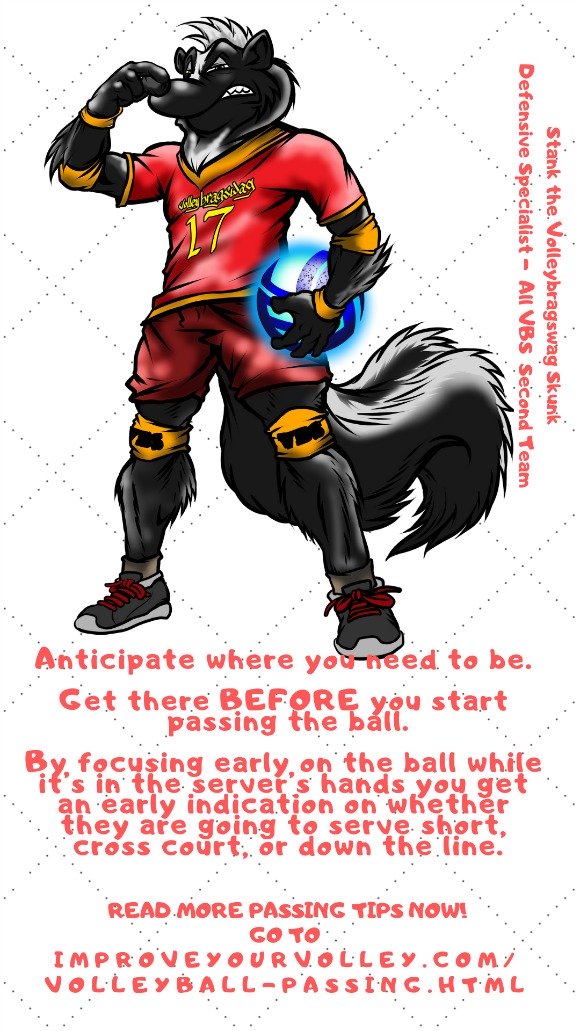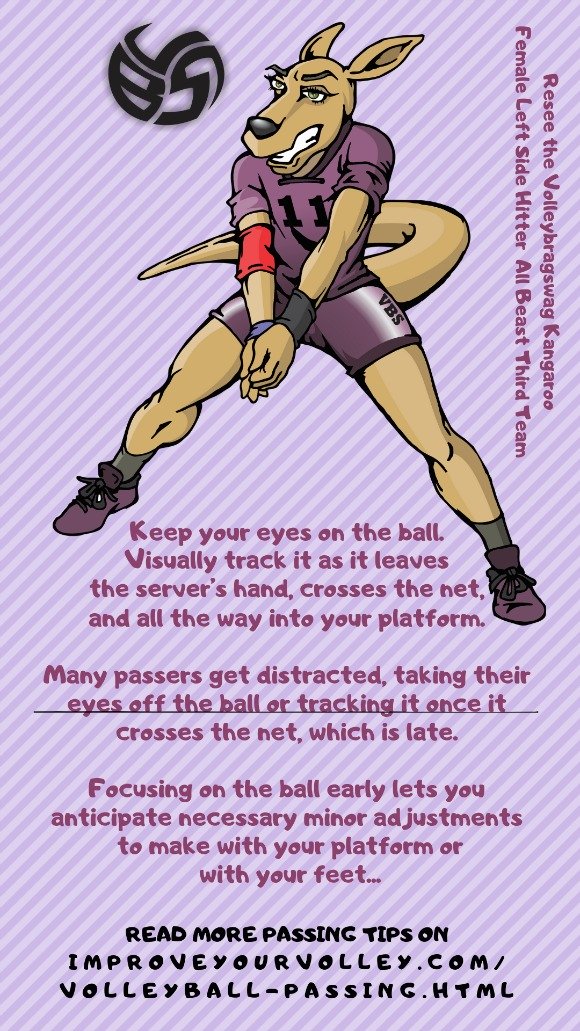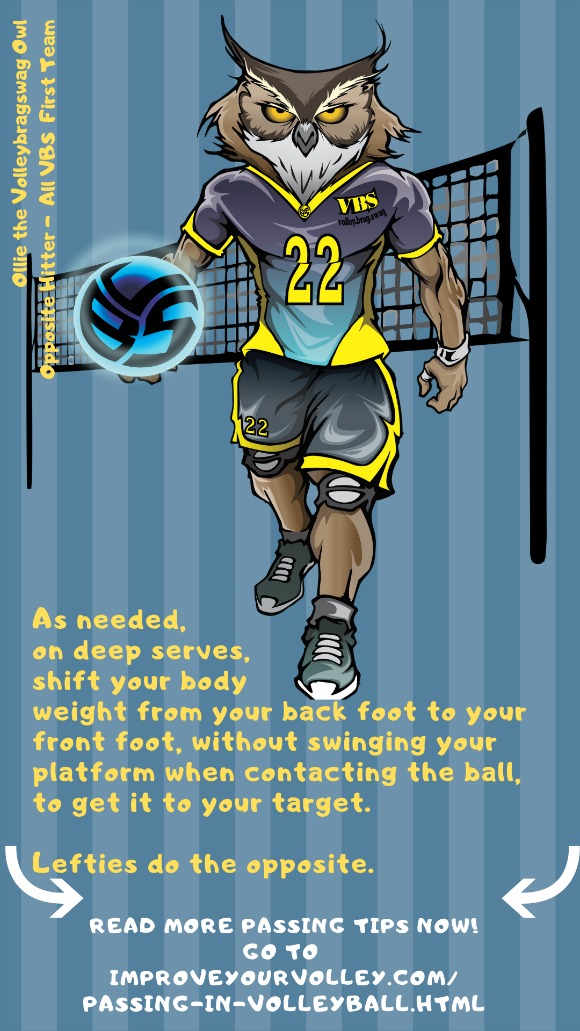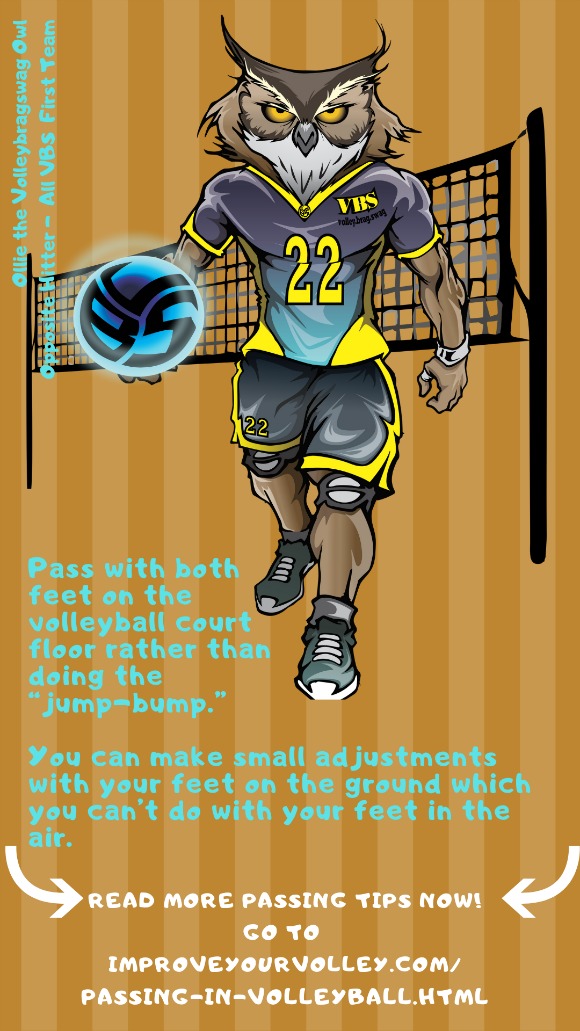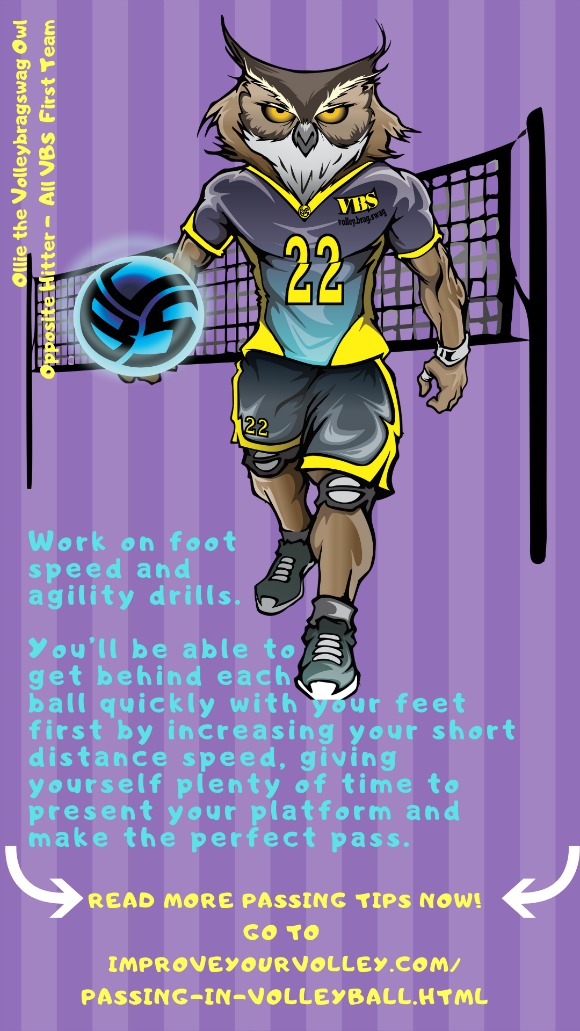- Improve Your Volleyball with Coach April
- Volleyball Tips on Playing Better and Improving Your Basic Skills
- 10 Volleyball Serve Receive Tips
 Dear Volleyball Mom,
Do You Know What Sets My Private Volleyball Training Apart From Anyone In Vegas?
I invite You to read what my private volleyball training mission says before considering hiring me as a private volleyball coach because I'm not available for everyone.
Dear Volleyball Mom,
Do You Know What Sets My Private Volleyball Training Apart From Anyone In Vegas?
I invite You to read what my private volleyball training mission says before considering hiring me as a private volleyball coach because I'm not available for everyone.10 Volleyball Serve Receive Tips: A Guide To What Happens On Offense
Receiving Serve is a Crucial Part of Each Rally. Learn What Happens When Your Team Is On Offense
Volleyball serve receive, what is it?
At the beginning of a rally one team serves the ball and the other team does not. The team that is not serving has to "receive the serve. " A team that's "receiving the serve" is the team that's in "serve receive."
This is just unfair. Simone Lee up to 10 kills on 13 attacks and a ridiculous .769 hitting percentage pic.twitter.com/Kb5O4K9OwN
— Tyler King (@King_TylerB) December 8, 2017
The team on the left is the serving team on defense while the team on the right is in serve receive.
Once they "receive the serve" they will run their offense in an attempt to score a point against the defensive team.
Once a team has served the ball into the opposing team's court, the opposing team, also known as the team in serve receive, has three contacts to get the ball back into the serving team's court.
A Guide To What
Happens in Offense
How does a player pass the ball while in
volleyball serve receive?
The first (of the three) contacts is called a pass, traditionally taken underhand with both hands clasped together, one fist inside the other and with both thumbs pointed to the ground.
The volleyball pass is performed by a player who "receives" the ball after being served by the server on the serving team.
Usually in the back row, the passer uses the pass to transfer the ball ..from where she is...to the setter without catching the ball or without letting it come to a complete stop on her arms or in her hands.
That passer makes the first of the three contacts allowed to each team according to basic volleyball rules.
That first contact has a name. It's known as "passing in volleyball".
That player is the one who's "passing the ball" up to the setter and who's responsible for making the second (of the three) contacts.
The setter then overhand "sets" the ball to any one of three to five possible attackers on her team (two or three in the front row depending on the team's rotation and two in the back row).
These hitters are responsible for making the third contact, which is described as a hit or spike.
According to basic volleyball rules this third contact needs to go over the net, crossing it and landing anywhere in the opposing team's court.
This page explains what happens when a team is on offense along with a reprint of my 10 Volleyball Serve Receive tips article that appeared on Active.com
If it doesn't then the team in serve receive earns the point and gets the ball to serve. Now the team that was on offense (in serve receive) is now on defense and gets to serve the ball.
Service reception, or for a team to be "in volleyball serve receive" means the non-serving team is on offense, ready to "receive the serve" from one player on the defensive team who's in the service zone serving the ball.
The player who is about to serve the ball must be behind his/her teams' service line and according to most volleyball rules has 8 seconds to serve the ball into the "receiving" team's court, after the referee has blown the whistle to start the rally.
10 Volleyball Serve Receive Tips: A Checklist To Better Volleyball Passing
As a bonus for you, I've reprinted another article of mine that I contributed on the Active.com site which contains my 10 passing tips you can use to maximize your individual and your squad's serve reception.
- Keep your feet shoulder-width apart, with your legs slightly bent. Having your right foot 2-3 inches in front of the left lets you move quickly in any direction. Do the opposite if you're a lefty.
- Present your platform by wrapping your left hand around your right fist, thumbs pointing straight down to the ground. This positions your elbows and arms in a straight platform
Avoid turning to the target to pass to it. Keep shoulders angled to the target and drop your inside shoulder so when the ball contacts your platform its re-directed to the area you want it to go. In this case its to your setter waiting in Zone 3.
- Contact the ball on your forearms. Check that your thumbs are always pointing to the ground, maintaining the straight platform needed to pass the ball
- Keep your elbows straight while in serve receive. Straight elbows maintain a wider platform, giving you maximum control of the ball
- Press both wrists together when passing, without breaking them apart no matter how hard or easy the serve. Make ball contact above the wrists and below the elbows. Contacting the ball on your wrists won't allow you to control the ball.
- Keep both arms together when passing the ball. Keeping them together instead of breaking them apart and passing with one arm helps guide the ball better to the target
- Square your shoulders to the net. Face your body to the net and angle your platform towards the target before contacting the ball. This eliminates adjusting your arms once making contact with the ball.
- Remember your goal is to keep from swinging your arms during serve receive. Most serves in high school, club or college are fast enough so very little additional arm movement is needed for the ball to reach the target.
Don't turn to face your target when you're passing the ball. Once you get to the ball keep your shoulders parallel to the net and drop your inside shoulder so your platform is angled to the target.
- Finish your pass with your serve receive platform below your shoulders not above your head. This allows you to control the ball when keeping your arms and shoulders within your body range
- Move your feet first to position yourself behind the ball. Get your body behind the ball instead of reaching with your arms. If you've heard your coach say "pass with your feet first" they mean to let your feet not your arms be first in guiding you in serve receive
Passing Volleyball Tips:
Where Do You Go From Here?
What do you need to do now? You have three options:
- Learn more about volleyball offense, attacking and serve receive in the Related Links below.
- Follow the suggested reading on our Sitemap page Learning How To Play (Sitemap)
- Or visit the pages in the How to Play Volleyball section in the drop down menu at the top of the page to get started.
- Before leaving this page Say "Hi" to Ms. Resee the Kangaroo, wearing the #11 jersey below. She's a left side hitter with precision passing and a member of the VolleyBragSwag All Beast Third team.
Meet Resee the Kangaroo and Passing Specialist on
VolleyBragSwag's All Beast Team
SUSCRIBE
To My Email Newsletter Below!
From Lady Vol to Legend: Coach April Produces Powerful Passionate Players...is that you?
What Are You Looking For?

Hi there!
Thanks for stopping by. Hope you learned something today that will help you reach your volleyball goals.
Be sure to subscribe to my email newsletter so you can learn more each week!
Stay strong! Stay motivated!
-Coach April

SUSCRIBE
to my email newsletter below!
Vegas Volleyball's Unsung Heroes: Celebrating Moms with Peace Love Volleyball Shirts
Ready to energize your volleyball mom journey?
Subscribe to my 'Producing Powerful Passionate Peaceful Players' email list above on ImproveYourVolley.com.
You'll receive energy-boosting tips, exclusive insights from me, Coach April Chapple on maintaining momentum in volleyball.
Let's power up the Vegas volleyball scene together!
Recent Articles
-
5 Volleyball Passing Tips: Essential Techniques to Fix Common Mistakes
Apr 21, 25 05:34 PM
These are 5 volleyball passing tips beginner players need to see that show how to improve your serve receive skills -
5 Beginner Passing Drills Volleyball Players Should Know
Apr 21, 25 04:36 PM
These are 5 beginner passing drills volleyball players need to see that show how to improve your serve receive skills -
Basic Volleyball Passing Drills For High Floater Serves That Rise Up
Apr 21, 25 12:57 PM
With these basic volleyball passing drills remember to anticipate where the ball will land, keep elbows straight, stay in athletic stance, angle your platform
 Resee the Volleybragswag Kangaroo Shirts available now.
Resee the Volleybragswag Kangaroo Shirts available now.